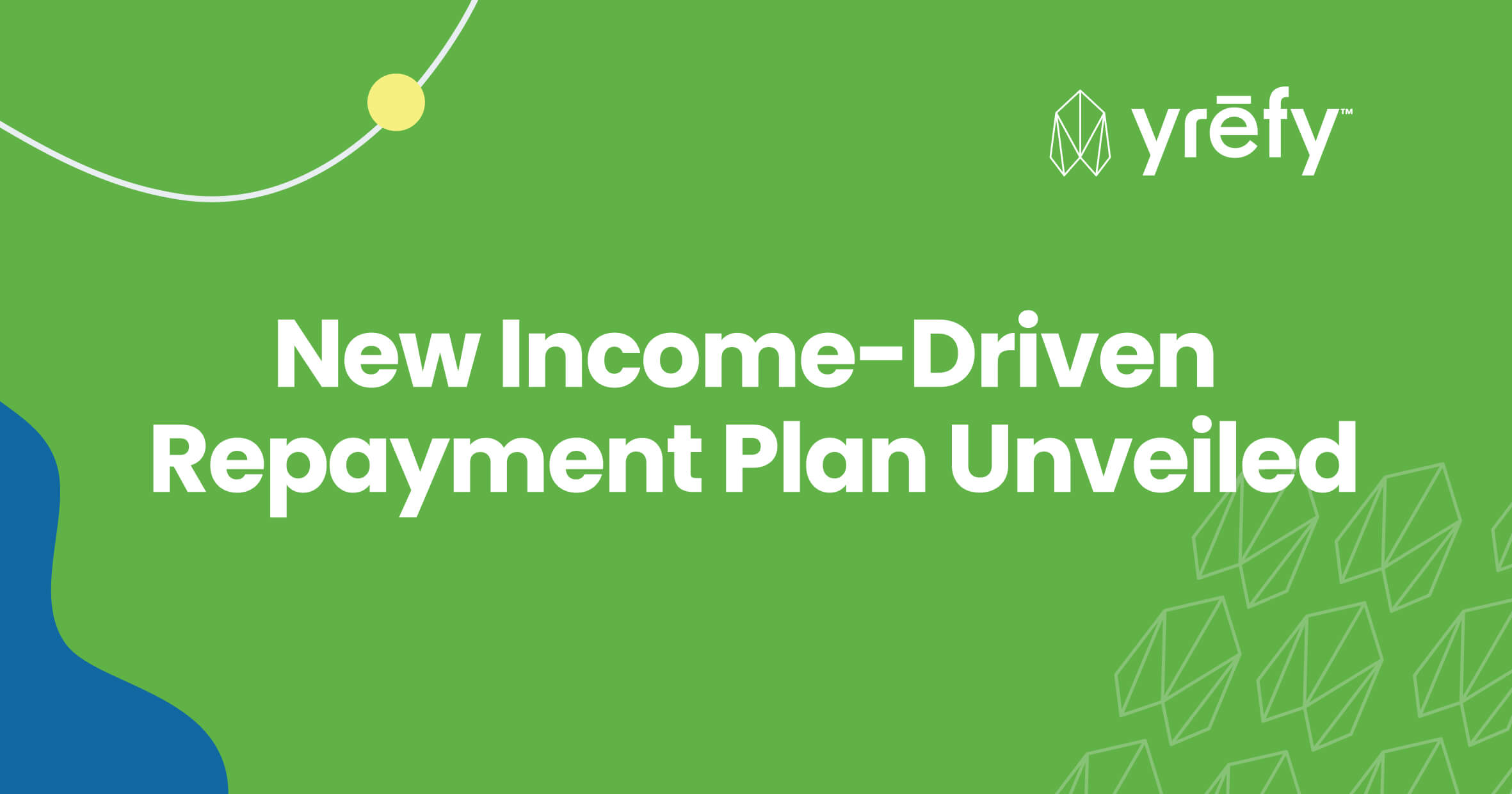New Income-Driven Repayment Plan Unveiled
While Biden and the Department of Education’s student loan cancellation initiative may be tied up in court, another major milestone by this administration to provide federal borrowers with financial relief was recently unveiled. On January 10, 2023, Secretary of Education Miguel Cardona announced the newly proposed regulations for revising the income-driven repayment (IDR) program.
Changes to the IDR program were one of the many points that Biden outlined in his major student loan forgiveness speech back on August 24, 2022 (the same one when it was first announced that up to $20,000 of federal debt per borrower would be erased). In addition to other efforts to overhaul the system, it was mentioned that a new IDR plan was in the works and Biden even gave a brief description of what it might entail. However, no official details were ever made publicly available until now.
In this post, we’ll explore how the Department of Education plans to revamp the IDR program and what this could mean for federal student loan borrowers, both present and future. However, before we begin, we’ll take a step back and recall how IDR plans work exactly.
What is an IDR Plan?
IDR plans allow federal student loan borrowers to make adjustments to their payments based on:
- How much money they earn (as determined by their AGI or “adjusted gross income” reported on their federal income tax return)
- The number of people in their family
Their purpose is to make student loan payments more affordable for the borrower and potentially even provide them with an opportunity for debt forgiveness after a certain number of years (generally between 20 and 25).
There are currently four different IDR plans. However, they’re often criticized for being too complicated and difficult to qualify for. Hence, this is why the Department of Education was tasked with changing the program and making it more beneficial to borrowers.
Rather than create a new plan entirely, the Department of Education is proposing to update and improve the terms of one of the four IDR plans known as the REPAYE plan.
How the Updated REPAYE Plan Would Work
The current REPAYE or “Revised Pay As You Earn” plan was first introduced back on December 17, 2015, and was meant to be an improvement of an earlier IDR plan, the “PAYE” plan. As part of the White House’s goal to make the student loan system more efficient, this updated version of REPAYE seeks to be the most generous of the IDR plans. In fact, if the updated REPAYE plan proves to be successful, then the Department of Education may either limit enrollment in the other three IDR plans or eventually phase out them altogether.
Here’s how the updated REPAYE plan would work.
Increases Discretionary Income Threshold
All IDR plans are designed to be based on what you can afford rather than how much you owe. But who decides how much money a person has available to put toward their student loans?
To do this, the Department of Education calculates what’s called your discretionary income. Discretionary income is defined as:
How much you earn – (P x Federal Poverty Level)
In general, the government uses federal poverty guidelines to determine whether or not individuals qualify for certain programs, tax credits, etc. Federal poverty rates are based on where you live, how many people are in your family, and are updated each year for inflation.
As you might guess, the lower your discretionary income, the less money the government will consider you to have and the lower your student loan payment will be. Under the current guidelines, the federal poverty rate is calculated using a factor of 150%. However, under the proposed terms, this value will be increased to 225%. As a result, the majority of borrowers will see their required payment amounts drop – in some cases, as low as nothing.
To illustrate this point, the Department of Education pointed out that some borrowers (individuals making less than $30,600 and a family of four making less than $62,400) would effectively have no discretionary income under this new calculation. Therefore, their monthly student loan bill would be $0.
Reduces Payments to 5 Percent of Discretionary Income
In addition to the government considering less of your income to be discretionary, they are also cutting the required payment size in half. Currently, monthly payments are calculated as 10 percent of a borrower’s discretionary income. However, under this new proposal, anyone with an undergraduate loan would see this amount reduced to just 5 percent.
Loans are Forgiven Sooner
Naturally, when a borrower makes a lower monthly payment, it takes them a lot longer to pay off the loan. Whereas a standard federal student loan term is 10 years, most IDR plans allow the borrower to stretch their payment schedule out to 20 or 25 years (depending on which plan they pick). The silver lining to these plans was that once these 20 or 25 years have passed, any remaining balance would be eligible for forgiveness (as long as payments had been made consistently).
Under the new IDR terms, the number of years would be cut down to just 10 years for borrowers with original loan balances of $12,000 or less. For every additional $1,000 above this amount, there would be an extra year added to this schedule.
This is a huge benefit to low-volume borrowers such as those attending community college. The Education Department anticipates that 85 percent of students in this demographic will be debt-free within 10 years.
Subsidized Interest
Under the current IDR plans, even though the payments have been reduced, borrowers are still responsible for the interest that accrues. Similar to a credit card, even though you may be making the minimum monthly payment, interest is still building on the outstanding balance for as long as it goes unpaid. This creates a situation where borrowers will find themselves under a mountain of interest as time goes on.
Under the revamped IDR plan, this would not be the case. The government would pay off this interest on behalf of the borrower. Again, all the borrower needs to do is make sure they stay up to date on their payments.
Automatic Enrollment to Avoid Default
If a borrower with a regular student loan gets 75 days behind on their payments, then they will automatically be enrolled in this new version of REPAYE. The intention behind this is to streamline the process of helping borrowers sooner rather than putting the burden on them to take action through rehabilitation or consolidation.
When Do These Changes Start?
At the moment, these changes to the REPAYE plan are just a proposal. As with most changes to government programs, they will typically announce the terms and then give the public 30 days to comment. After these 30 days, the rules may either be the same as what was proposed, or they could be tweaked based on the feedback that was received. In either case, the Department of Education expects to implement the final version of this IDR plan later this year.
It should be noted that this proposal only applies to federal student loans. Private student loans are not eligible for IDR plans. However, private borrowers always have the option of refinancing their loans for better rates or longer terms which can achieve a similar result of making the payments more affordable.





